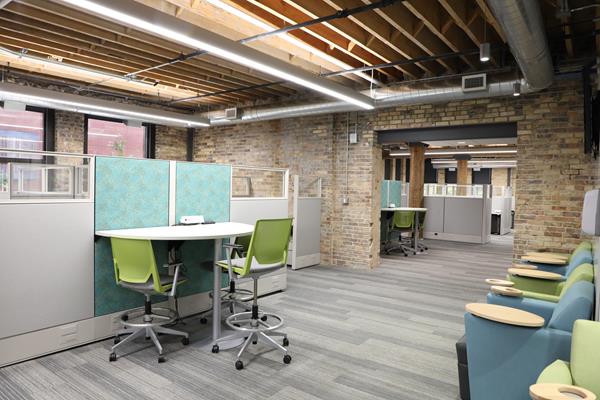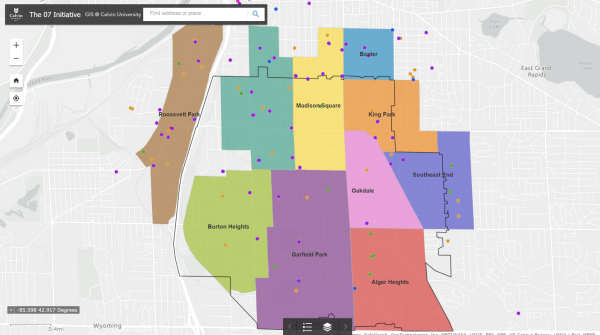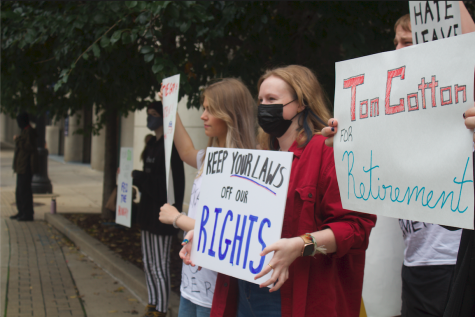GR economy has 5th strongest recovery in nation
According to a recent article published by Forbes, Grand Rapids has the fifth-largest economic recovery in the country.
The statement was based on measuring the metropolitan area’s GDP rate increase over time. Grand Rapids had a 7.8 percent increase in GDP over the past year, well over the national average of 1.7 percent, according to the U.S. Bureau of Economic Analysis.
After high and widespread unemployment rates have plagued the majority of the state over the past seven years, this promise of growth is encouraging.
Calvin economics professor Becky Haney had a number of insights on these trends of growth occurring in Grand Rapids. Haney believes that “Grand Rapids is blessed to have businesses that are deeply invested in the success of Grand Rapids. This creates resilience in the face of difficult challenges, such as the Great Recession and the shift of auto industry jobs out of the region.”
Resilience and adaptability have been two keys to success in the city, as Grand Rapids continues to transition from a manufacturing center to one of the cities with the best healthcare service in the nation.
“The healthcare service sector is another one of the main reasons that the city’s growth rate is so strong,” said Haney. “This type of industry also tends to reinforce itself. Once it gets going in a location, it makes sense for more healthcare service firms to locate there and have access to the same pool of highly educated workers. This in turn attracts more educated and talented workers to the area, which in turn attracts more healthcare business, and so on.”
While new industries have influenced the growth of Grand Rapids, established businesses have also had large contributions to the economic climate in the city. Longtime businesses such as Gordon Foods Service and Spartan have made innovations in order to stay competitive.
“One of key reasons for Grand Rapids resiliency is the level of investment that the business community has in the city,” Haney also said. “A prime example of the ability to cooperate and seek the communal good is in The Right Place, a non-profit that is funded by major business leaders in the area to help attract and retain business — even their competitors — in this area.”
The Right Place has helped 11,000 West Michigan residents achieve full-time jobs over the past five years, which has injected $370 million in disposable income into the local economy.
In 2013, Grand Rapids was named as one of 15 cities in the US with emerging downtowns according to Forbes. College-educated 25 to 34-year-olds are flocking to downtowns across the country, and Grand Rapids is one of the leaders in this movement.
“Another reason for Grand Rapids [resilience] is the low cost of living and high ratings on important quality of life measures: commuting time is low, housing prices are low, there are a lot of educational opportunities and the downtown is an emerging center of activity,” added Haney.
Grand Rapids is not the only Michigan city taking advantage of the economic recovery though. While surprising to many, Detroit, which has been lagging behind in the recent economic recovery, follows shortly behind with the ninth highest GDP rate increase, at 7.2 percent.
According to Haney, Detroit has a long way to go to regain its full strength. However, there are some creative thinkers on the task, including several recent Calvin grads who are contributing to Detroit’s turnaround. They are doing this in various ways at various businesses and organizations committed to the revitalization of the largest city in the state.







